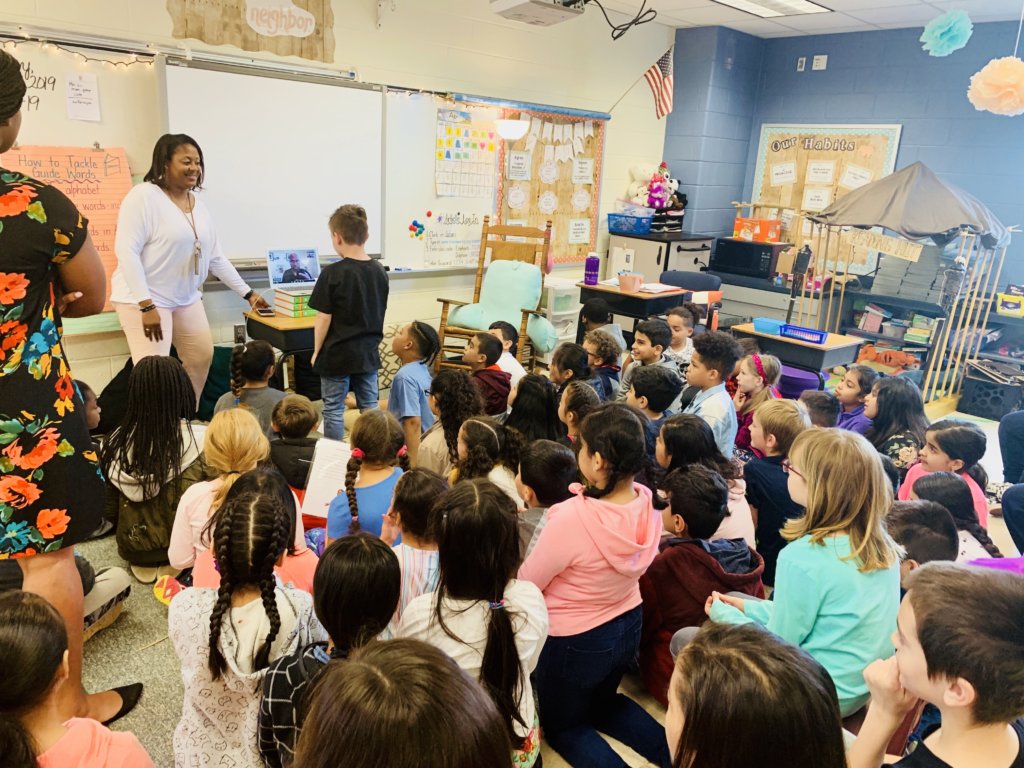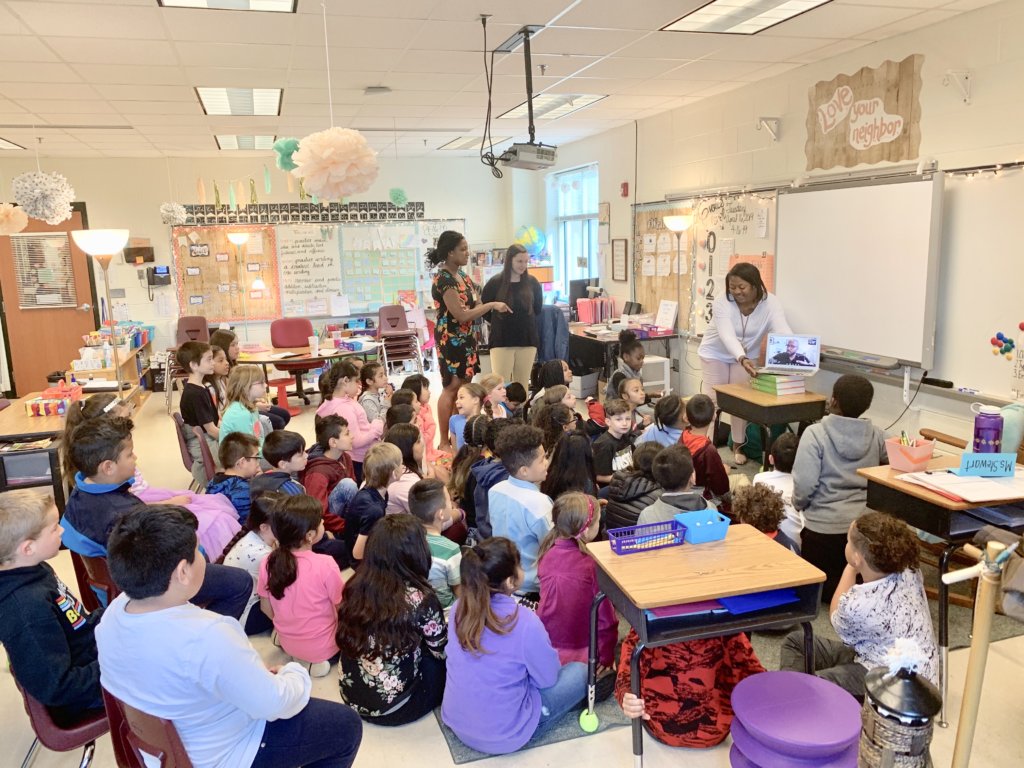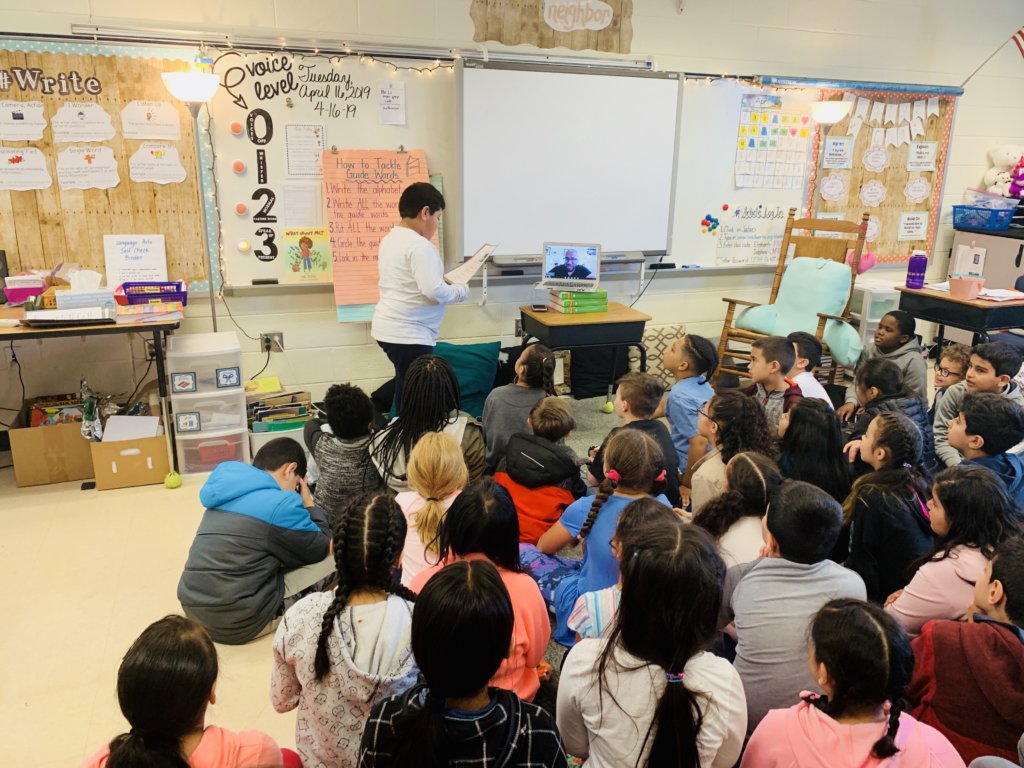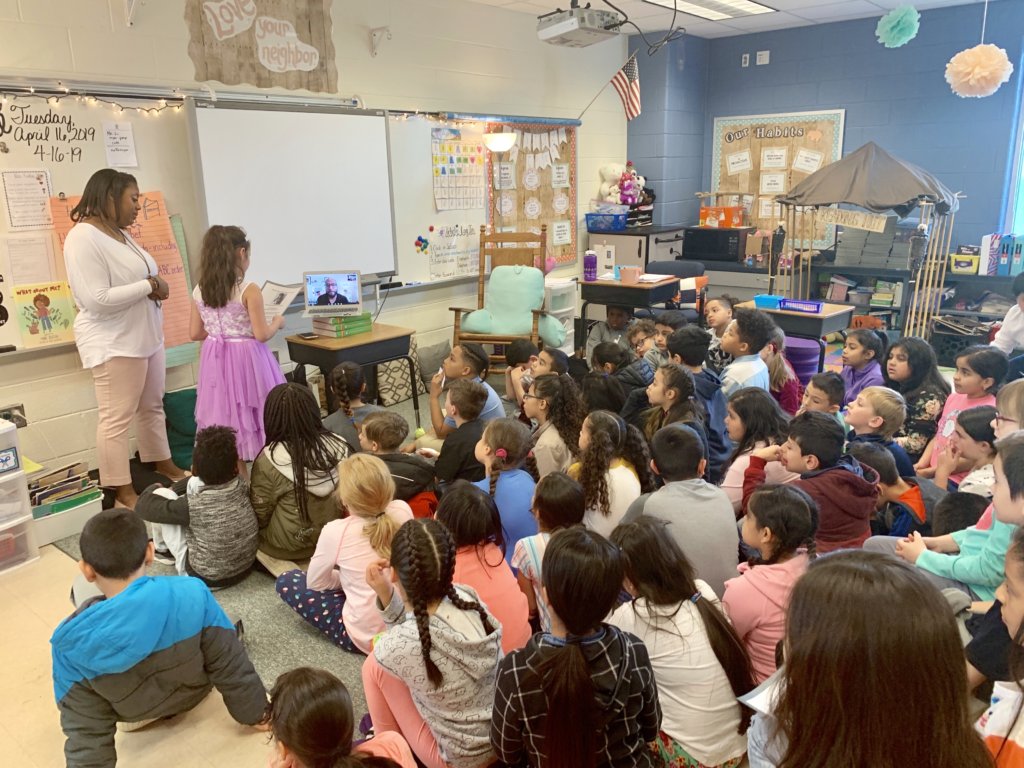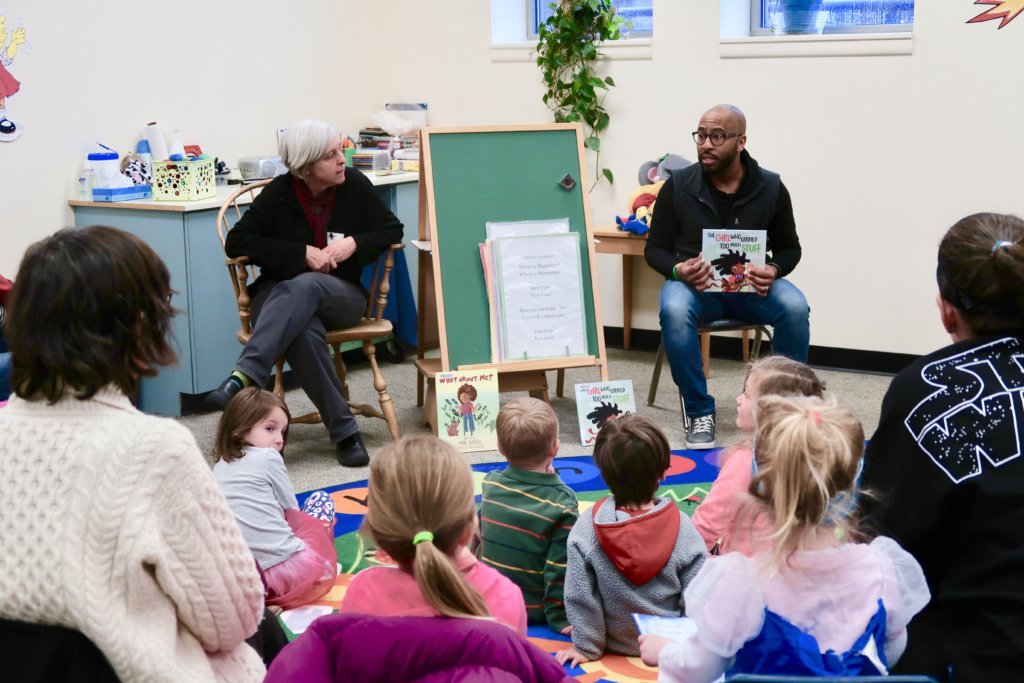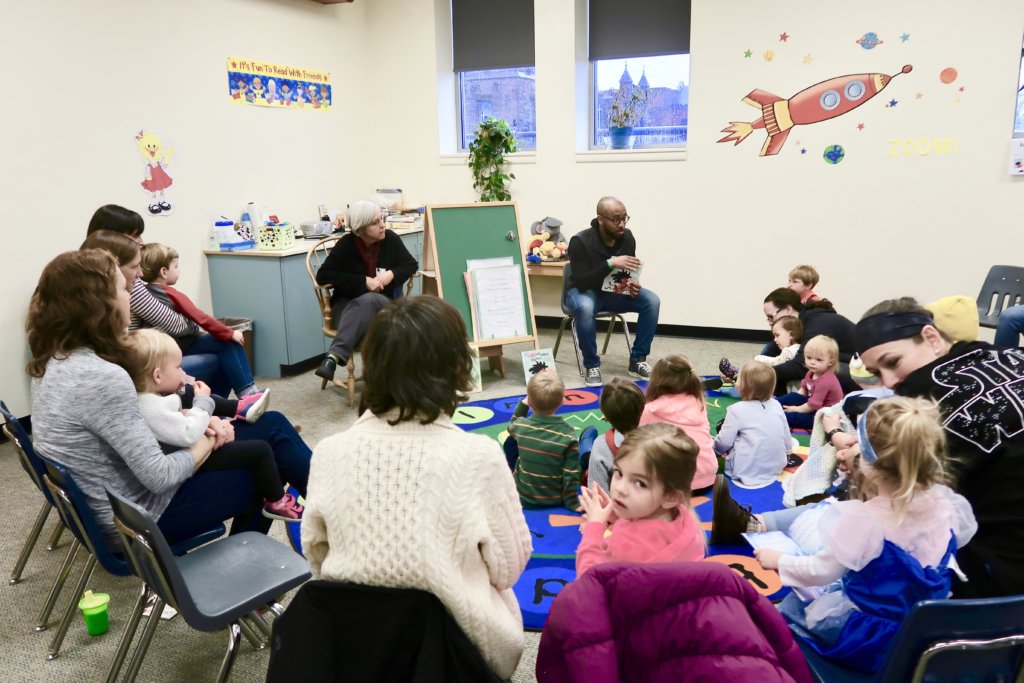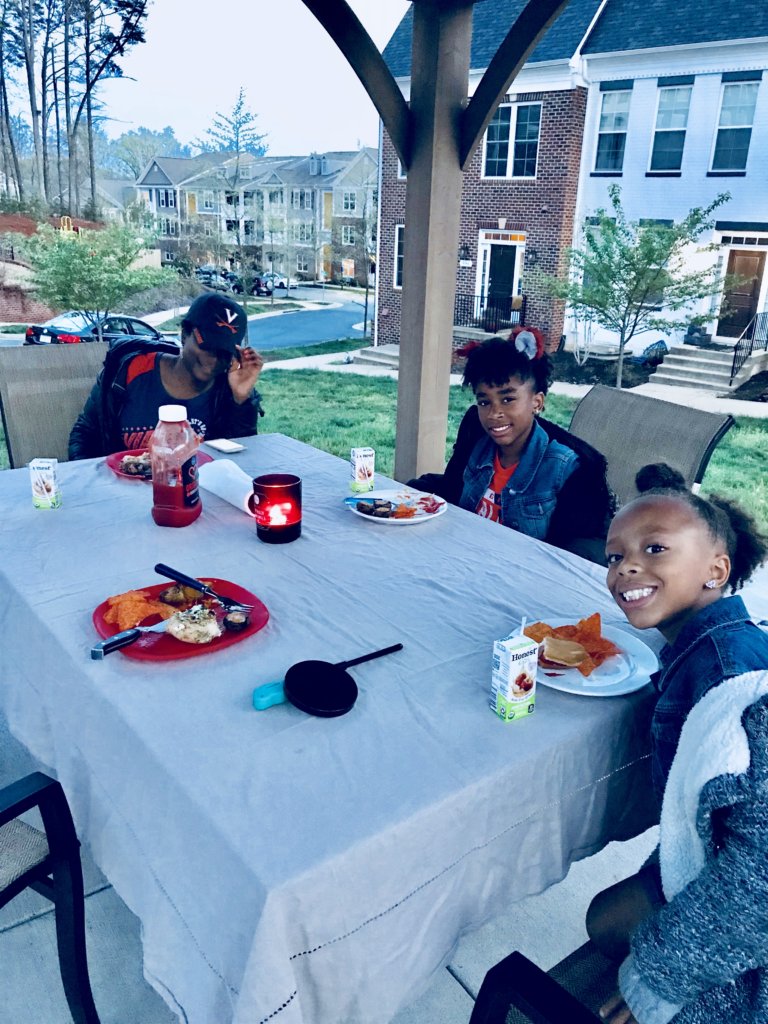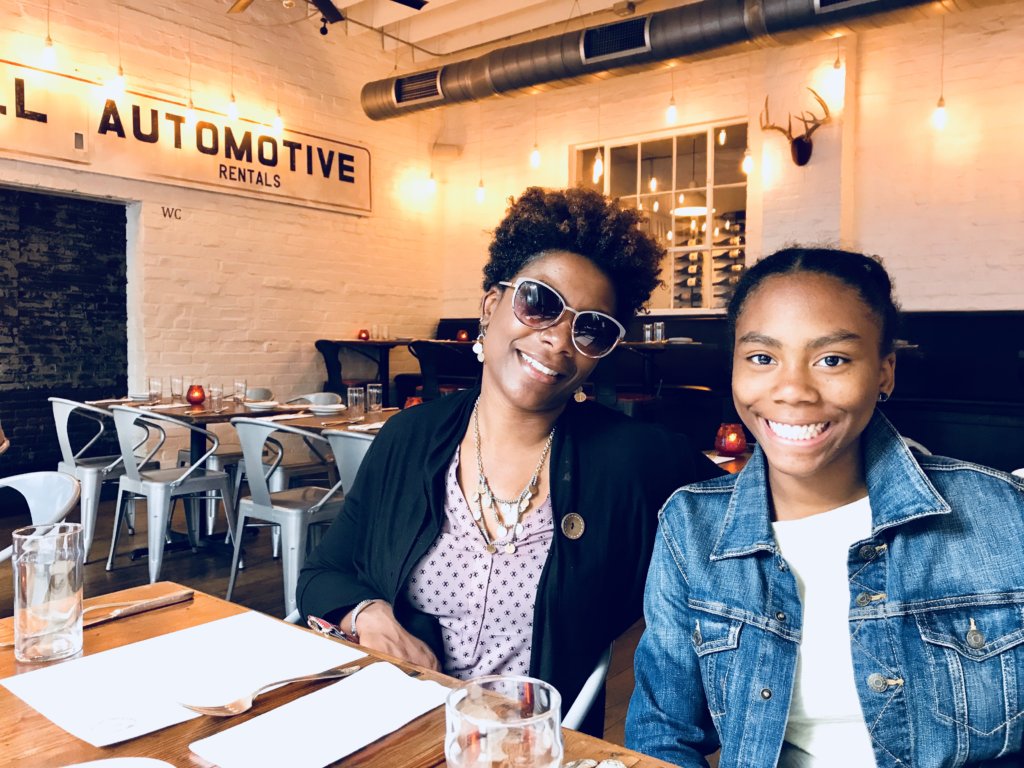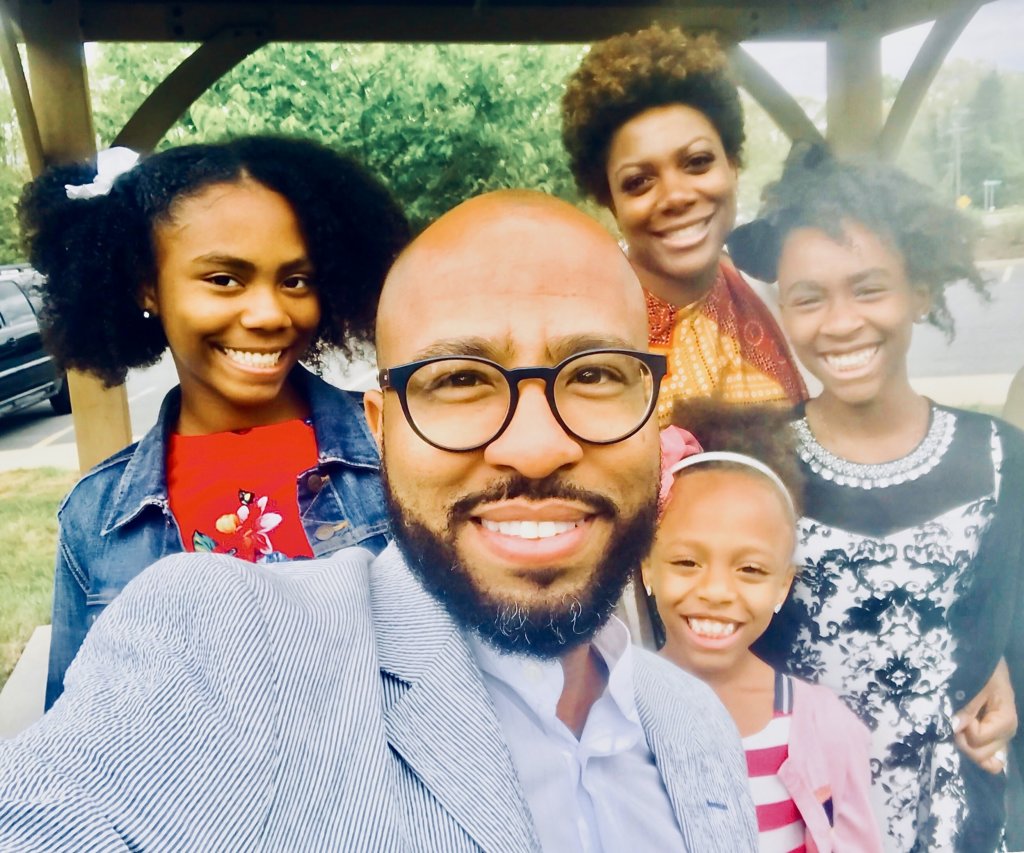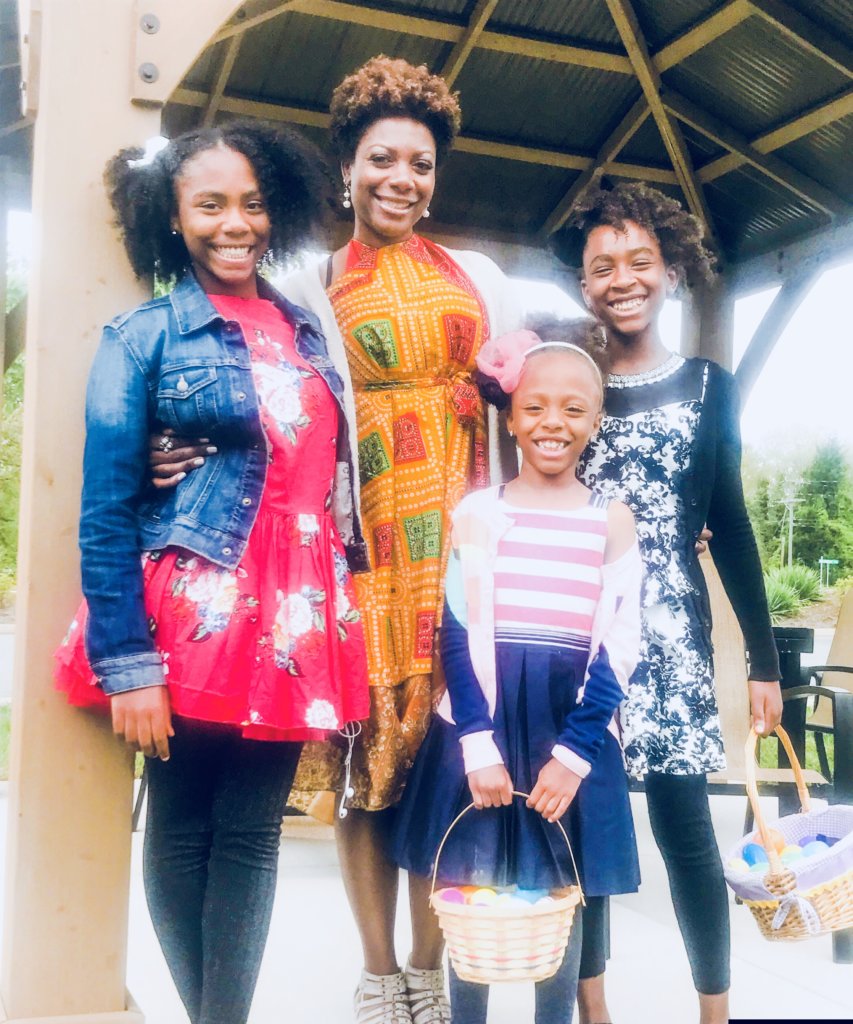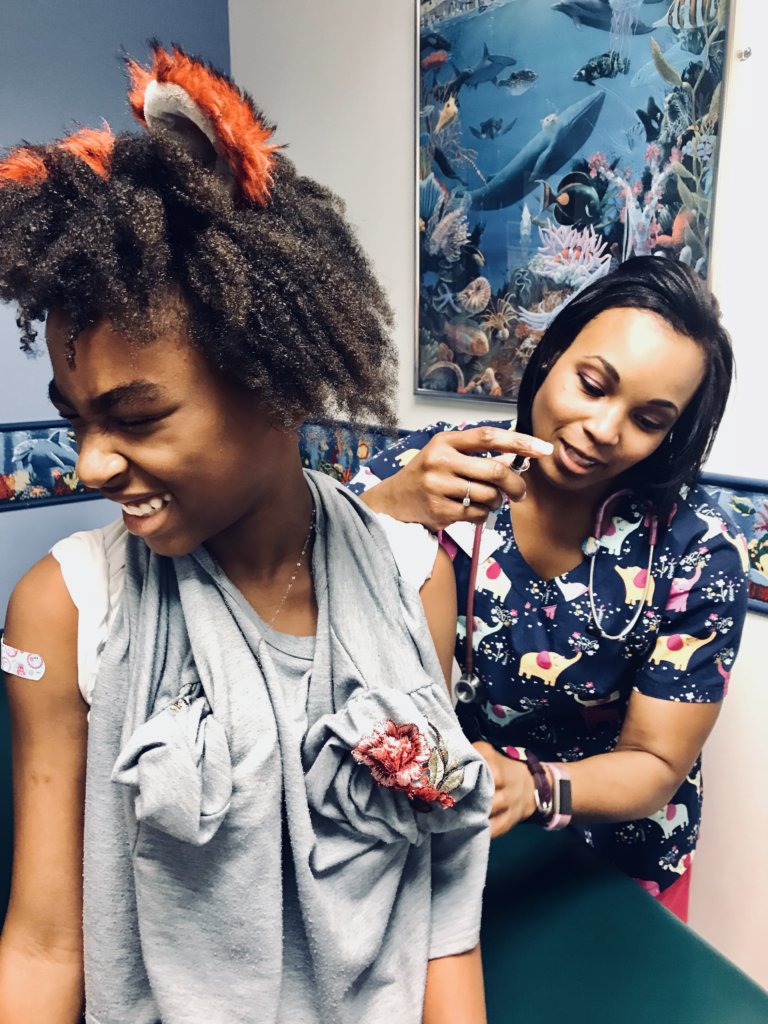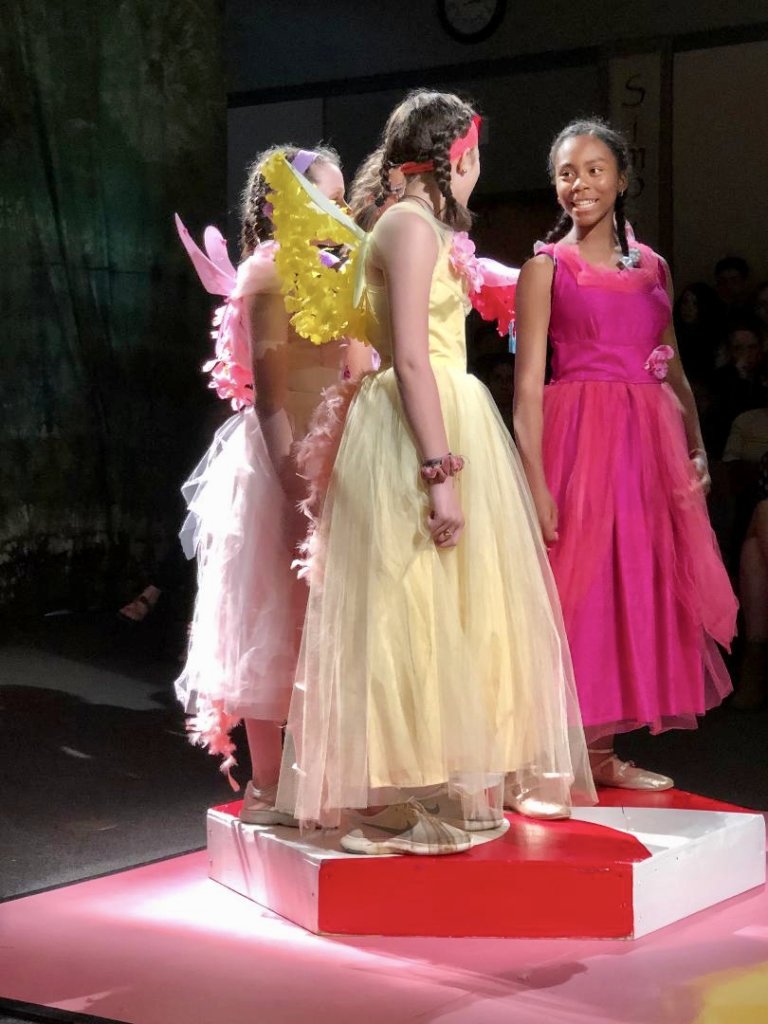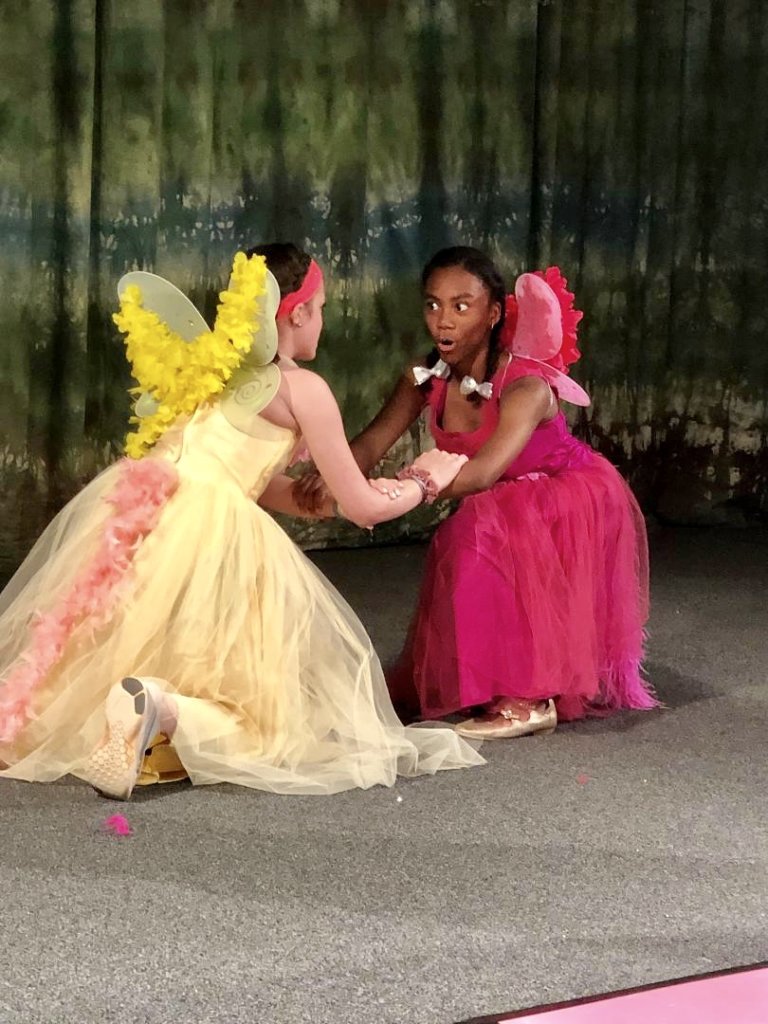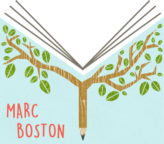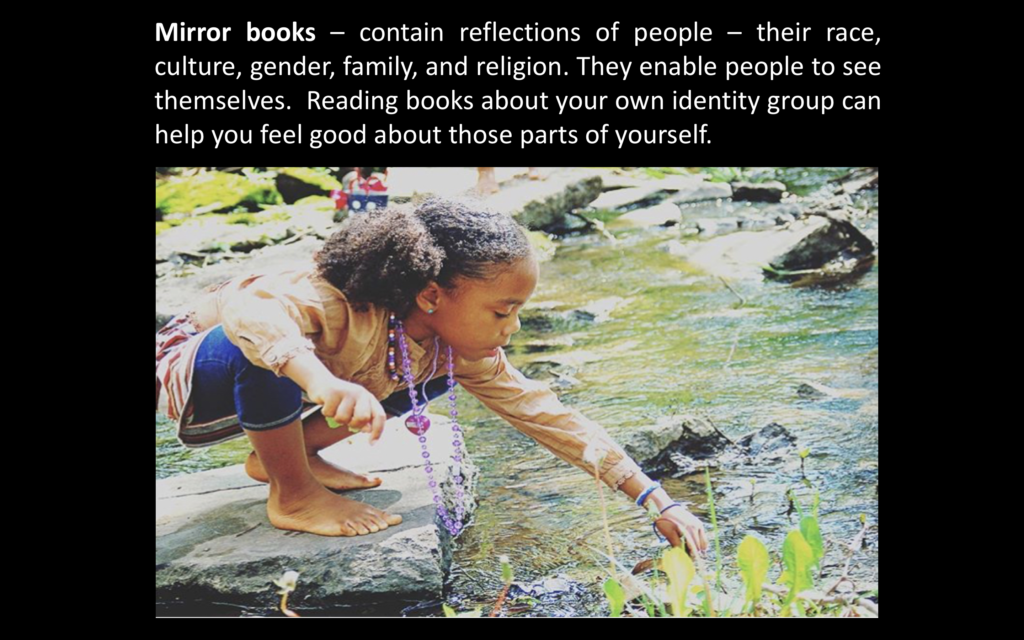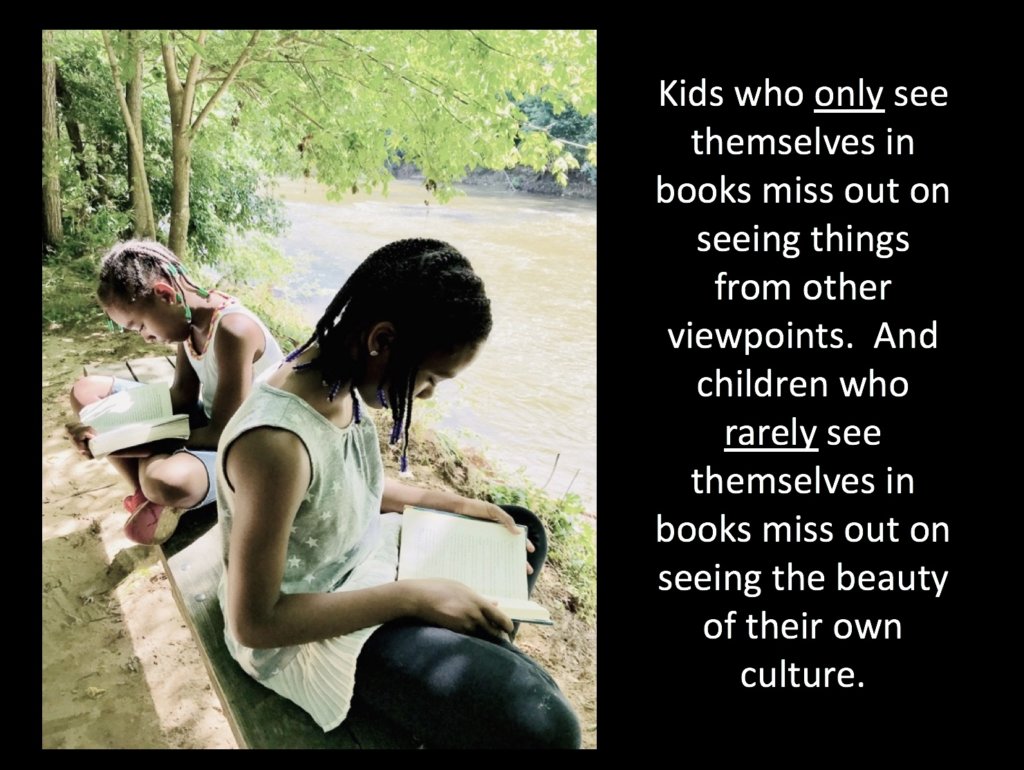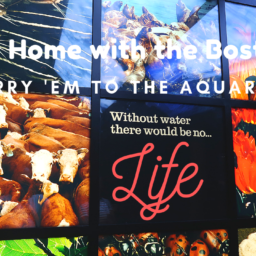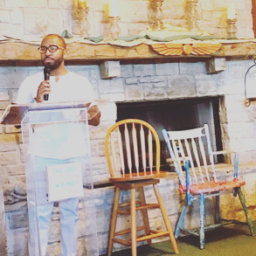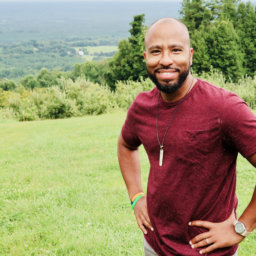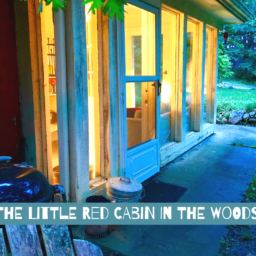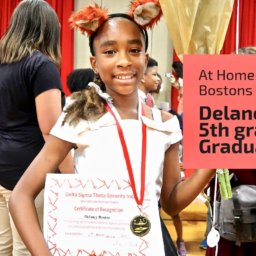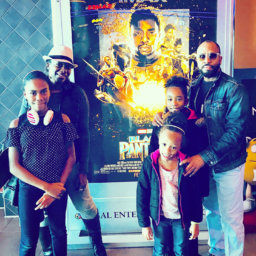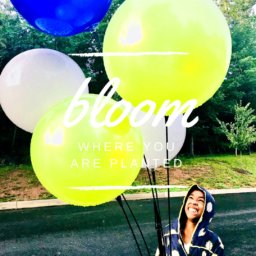One of the major motivations behind my desire to write books for children, is to do my part to assist in helping them find their place in the world. A great way of doing this is to introduce them to stories that act as mirrors and windows.
The term “mirrors and windows” as it relates to literacy is becoming more common these days and I speak about it often during my author visits to schools and libraries.
What Are Mirrors and Windows?
Initially introduced by educator and writer Emily Style, a mirror book reflects the reader’s own culture and helps to build a positive identity. A window book offers the reader a view into someone else’s culture or experience. Kids who only see themselves in books miss out on seeing things from other viewpoints. And children who rarely see themselves in books miss out on seeing the beauty of their own culture.
Why Are Mirrors and Windows Important?
According to and article written in Scholastic, “viewing literature through a lens of windows and mirrors helps us understand that, in addition to texts being stories to be enjoyed, they are powerful tools of social justice.” The article goes on to say that, “with access to mirror texts, students are able to see that their narrative matters, and with access to window texts, students learn to understand and appreciate the narratives of others. The power of literacy to transform lives does not exist in skill and strategy instruction alone; it also resides within the stories students read.”
“What message do we send students when they do not see themselves reflected in the texts we use in our classrooms? What message do we send to students from non-marginalized groups when we only use texts that reflect their culture and experiences?”
Diversity and Inclusion is Vital!
By reading mirror books, students feel a true sense of belonging. When they see characters that look like themselves, they feel valued and proud that their culture is respected in the world. Students who are exposed to window books, form a deeper understanding and appreciation for the wider world. For some children, reading a window book may be the first time they are exposed to different cultures, races, traditions, religions, and lifestyles. It’s important that this introduction be done in an accepting non-judgmental manner.
Do you think it is important for children to have an equal balance of windows and mirrors in their lives?
Check out the short video below of Dr. Rudine Sims Bishop, and click here for her brief bio.
In keeping with the theme of mirrors and windows, I’m honored to be doing the work of helping to put diverse books into the hands of children, not only to see themselves and others in the books they read, but to motivate them to write their own stories.
I had a wonderful series of visits to Smithland Elementary school. Here are just a few examples of students who took a bit of inspiration from my book, The Girl Who Carried Too Much Stuff, and wrote their own pieces.
Now, these kids are MY inspiration!
The above video was my contribution based upon their awesome work.
MB
This Week’s Pics
